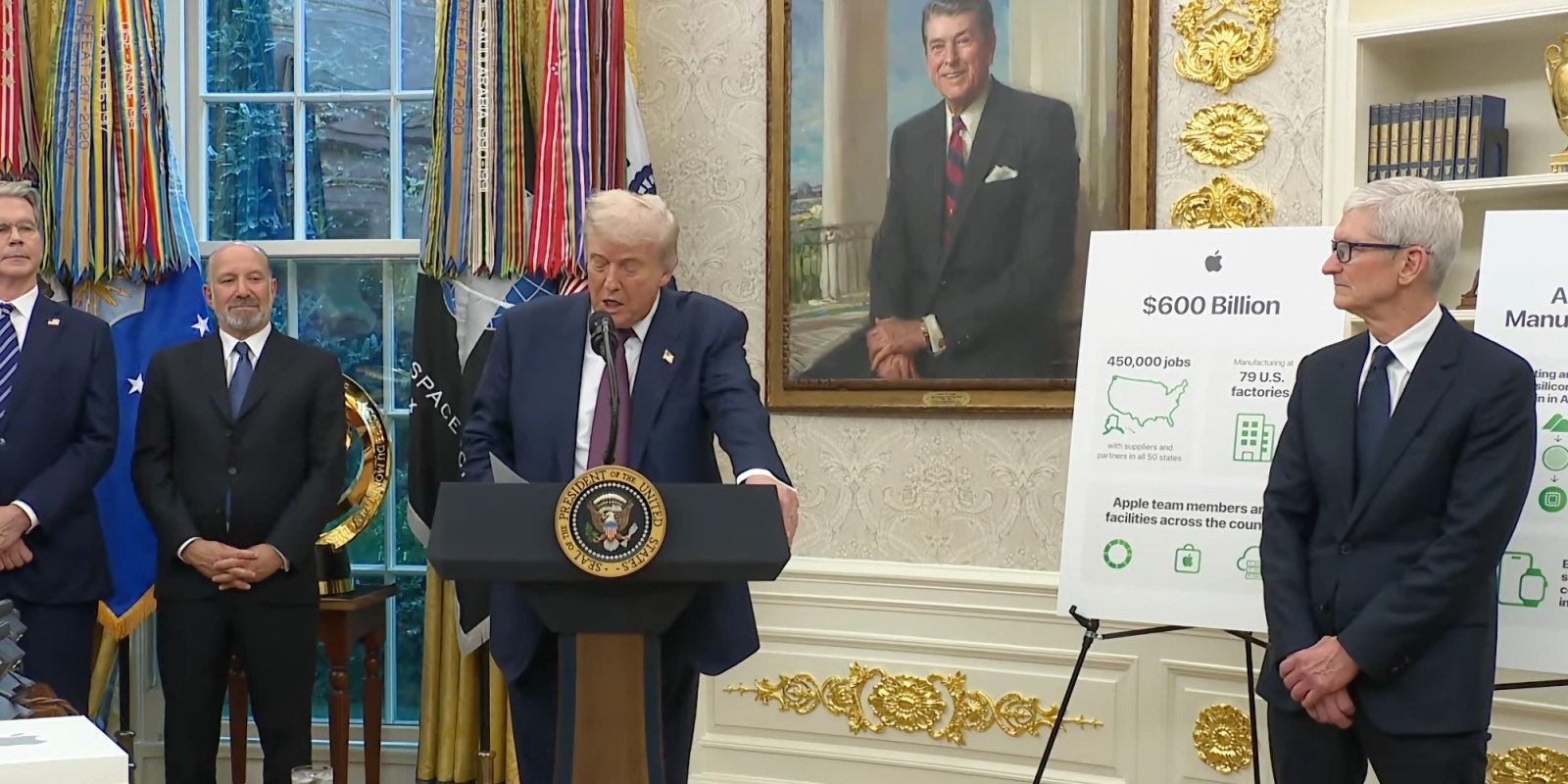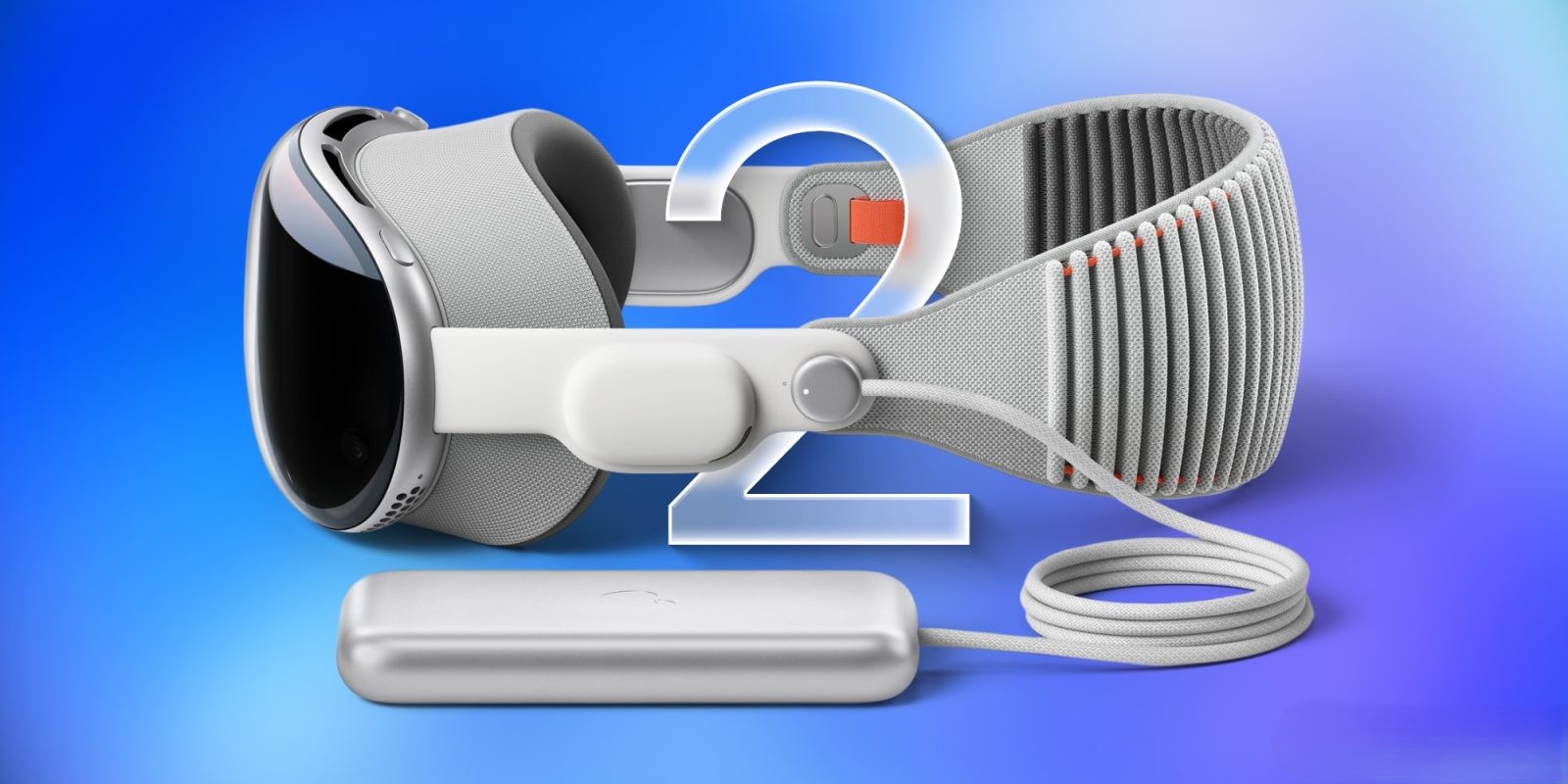Recent developments at the White House have captured public attention as significant portions of the East Wing undergo demolition. This transformation is part of President Donald Trump’s initiative to construct a privately funded 90,000-square-foot ballroom. The project, initially estimated at $200 million, has now been projected to cost approximately $300 million, according to the administration.
A diverse array of corporations, foundations, and private individuals have pledged financial support for this endeavor. Notably, major companies such as Apple, Amazon, Lockheed Martin, Microsoft, Google, Coinbase, Comcast, and Meta are among the contributors. President Trump has emphasized that the ballroom’s construction will be entirely funded by private donations, ensuring no burden falls on taxpayers.
Apple’s involvement in this project marks a significant shift in its approach to political contributions. Historically, Apple CEO Tim Cook managed political donations on a personal level. For instance, Cook has previously donated to Republican Paul Ryan and hosted a private fundraiser for Democratic presidential candidate Hillary Clinton. In January 2025, Cook personally contributed $1 million to President Trump’s inauguration fund, a gesture interpreted as an effort to foster goodwill with the administration without directly involving Apple as a corporation.
However, less than a year into President Trump’s second term, Apple has taken a more direct role in supporting the administration’s initiatives. The company not only contributed to the White House ballroom project but also presented President Trump with a 24-karat gold and glass statue. These actions signify a departure from Apple’s previous stance of maintaining a degree of separation between its corporate activities and political engagements.
This development raises questions about the motivations behind Apple’s increased involvement in political projects. Some analysts suggest that such contributions could be strategic moves to secure favorable policies or to strengthen the company’s relationship with the current administration. Others view it as a natural progression of corporate engagement in national affairs.
The White House ballroom project itself has sparked debate. Supporters argue that the new facility will serve as a grand venue for state functions and enhance the White House’s capacity to host large events. Critics, however, question the necessity and timing of such an expansive project, especially given the substantial costs involved.
In conclusion, Apple’s decision to contribute to President Trump’s White House ballroom project reflects a notable evolution in the company’s approach to political involvement. As the project progresses, it will be important to monitor how such corporate contributions influence both the political landscape and public perception of the companies involved.



